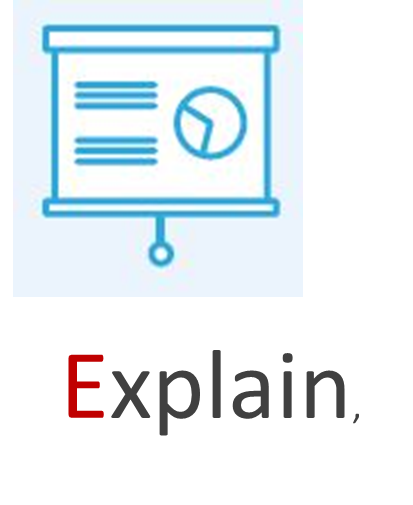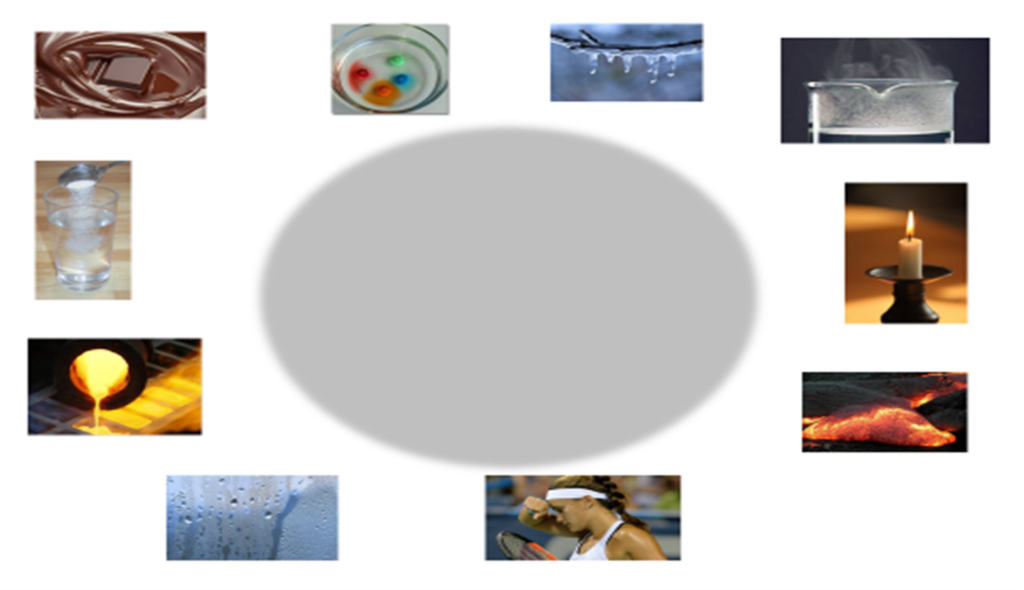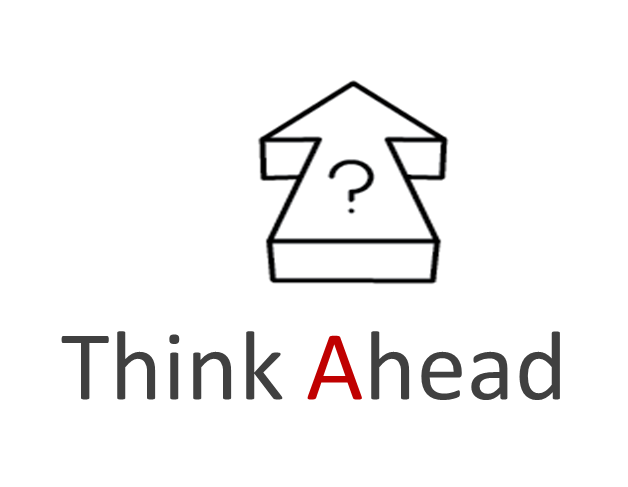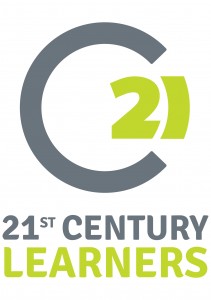Teaching for Metacognition with Thinking Moves A-Z

Following the closure of schools in March 2020, Diane Swift, Director of Keele and North Staffordshire Teacher Education (KNSTE, where I am a tutor), took the decision to engage our Associate Teachers (ATs) with Thinking Moves A-Z, an approach to teaching for metacognition. It proved to be a very positive experience for all, as I will attempt to explain below.
Thinking Moves A-Z was developed by Roger Sutcliffe, the man largely responsible for establishing the practice of Philosophy for Children in the UK, together with his colleagues at Dialogue Works. The A-Z provides a shared language with which we – students and teachers – can describe our thinking. Without such a language it is difficult to reflect on the cognitive moves we make and their effectiveness, and to share those reflections with others.
As Roger says on the Dialogue Works website:
‘Thinking Moves A – Z provides a vocabulary for thinking. The moves themselves are not new – we all use them in our learning and our life every day. But now we have a way of talking about how we think, and that gives us a means to work on improving the effectiveness of our thinking.’
If we can put names to the cognitive moves we make – if we can recognise and become aware of them in ourselves and others – then we can reflect on their purpose and value. If we can do that, we can begin to make conscious decisions to apply them – to take control of our own thought processes. That might lead to better thinking, better learning and wiser decisions – a better way of being!

So what is the A-Z?
The A-Z is a list of 26 distinct acts of thinking. A, for example, denotes the act of thinking AHEAD, B the act of thinking BACK and C the act of CONNECTing. The A-Z is:
Memorable. The alphabet acts as a mnemonic enabling people to learn the names of the 26 moves quickly. Each move is accompanied by its own action and icon, helping even the very young to rapidly establish a shared language;
Comprehensible. Simple activities are provided to allow each move to be practised and to allow people to make meaning of the move. This is supported by a list of synonyms and associated vocabulary for each move that helps people to build a more nuanced understanding of the acts of thinking it denotes. For example, to think AHEAD is also to ‘predict’, to ‘aim’, to ‘look forward’, to ‘expect’, to ‘hope’ and to ‘target’. Special synonyms for EYFS children are provided;
Comprehensive. All cognitive moves (that Roger is aware of!) are encompassed in the A-Z. They are applicable across all areas of the curriculum and all phases from early years to secondary. And they are just as useful in everyday life as they are in school.
Training in Thinking Moves provides schools with the methods and resources to introduce and embed the framework across a school and across the curriculum. You can find out more at the Dialogue Works website, and you can book a place on my next online Thinking Moves course here.
How is the A-Z Used at KNSTE?
At KNSTE we were concerned that Thinking Moves should not be used as a ‘gimmick’, but rather as a tool to support the purposeful development of a deeper understanding of key concepts and processes, as well as to develop metacognition. We asked our ATs, having had their teaching practice ended prematurely, to prepare ten-minute teaching episodes to be delivered over Zoom. Each episode was to involve the explicit use of one Move to support the learning of curriculum content.
As a KNSTE tutor and Thinking Moves trainer I modelled the use of the Move CONNECT to support the generalisation of concepts connected with changes of state using the activity illustrated below.

‘Students’ (Year 4 primary pupils in theory, ATs in practice) were invited to place two images in the circle and explain how they were connected in terms of a change of state. Others were then invited to place additional images into the circle that might be connected in the same way. Most would recognise that the everyday images of chocolate and candle wax might involve melting, but the suggestion that the images of liquid gold and molten rock involve the same phenomenon may be contested by some. Making such connections helps to move children’s conception of melting from a narrow range of everyday contexts to a more general phenomenon. If we now challenge them to provide a general account of the word melting that encompasses all of the examples, and we ask them to consider whether the images of the salt and the coloured sweets in water involve a process that is consistent with their account we can get them ‘thinking hard’ about and, hopefully, deepening their understanding of the phenomenon.

Of course, this complex activity involves more than one cognitive move. We are also using the Move DIVIDE in the sense of making a distinction, and numerous other Moves from the A-Z. At a more advanced level we use the notion of Thinking Grooves to consider the sequences of Moves we make in different contexts. But for the purposes of teaching for early metacognition it may be useful to focus the children’s attention on the idea of connection and generalisation, and to encourage them to reflect both on what they have learned about changes of state and on how making connections between different examples of a phenomenon / concept is a useful way of developing our understanding. We might even be able to support the pupils to CONNECT this use of the Move to other contexts in other subjects where its use might be profitable, so increasing the likelihood that they will make the deliberate decision to apply the Move independently.
After a little modelling such as that described above, it was over to our ATs to make their own connections between the A-Z and the curriculum, and they rose to the challenge wonderfully well.
We were very pleased to see the Moves being used in meaningful ways to support learning in all curriculum subjects, from developing the capacities for observation (LOOK / LISTEN) and inference (INFER) in English to considering alternative approaches (VARY) in maths and appreciating the value of ZOOMing-in on one aspect of a topic in science before ZOOMing-out to consider how it related to the bigger picture or theme. One example that has stayed with me involved the use of the Move PICTURE, as we were encouraged to imagine ourselves in the position of Saint Sebastian Kolbe and his fellow prisoners in Auschwitz, to empathise, and so to come to better understand Catholic values and commitments and their impact on people’s decisions.
Developing Teacher Intentionality
All of these examples showed how the A-Z can be used to support students to describe their thinking, to identify the different cognitive moves they have made and to reflect on their value. But there was another clear outcome from our experiment with Thinking Moves that was perhaps more impactful than we had anticipated. It added an extra dimension to the ATs’ own thinking about their pedagogy. In Daniel Willingham’s now well-known aphorism he reminds us that ‘memory is the residue of thought’ and of the importance of getting children to spend time thinking hard about the concepts and content that we would like them to retain. The use of the Moves encouraged the ATs to consider, at the planning stage, what they wanted the children to spend time thinking about. It also encouraged them to think about how the children could most profitably think about it – and it gave them a vocabulary, or a comprehensive menu of cognitive moves, to enable them to do this.

And it wasn’t just the relatively inexperienced ATs who benefitted from this exercise. It’s over twenty years since I began teaching science, and I studied it and worked within the discipline for ten years before that. I have some expertise in the subject, and have long appreciated the significance of making connections such as those described above. But looking back, I’m not sure how consciously I applied it to my own thinking, and I am sure that I didn’t make it explicit to my students to support their capacity to think scientifically. As I think BACK on my experience of Thinking Moves, I am prompted to MAINTAIN that the shared language of thinking offered by the A-Z could be of great benefit to all of us. I certainly feel that it will add great value to my wotk in Philosophy for Children and Thinking Together, where more metacognition will support the development of better thinking and better dialogue.
The experiment continues at KNSTE as, sadly, some of our ATs are still compelled to spend more time than usual out of school. But the project itself is a reminder of how adversity can be the mother of creativity; Di Swift had very little time to VARY a teacher education programme to function in the absence of regular opportunities for teaching in school, and yet FORMULATEd a plan that will, I think, after some careful WEIGHing-UP, lead to a lasting improvement to our programme.
If you would like to find out about all 26 Thinking Moves and how you can apply them in your setting, I will be running online courses in the coming months. The next of these begins on January 27th, and you can book your place here.


